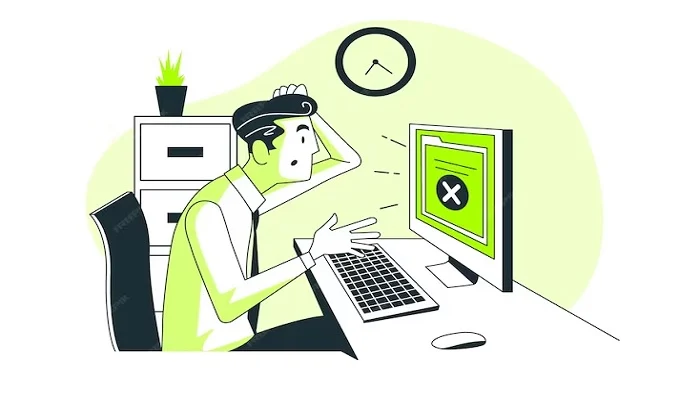Spyware is a harmful category of malicious software that stealthily penetrates your computer system to observe and collect data regarding your online behavior, frequently without your permission. It can be hard to detect, but there are steps you can take to check for it and protect your system. This is an all-inclusive manual on executing a detailed spyware examination on your device:
Step 1: Update your antivirus software
Make sure you have the most recent version of your antivirus software installed before you start looking for spyware. Obsolete programming may not be prepared to identify the most current types of spyware, which are constantly advancing. Refreshes frequently incorporate new discovery instruments and fixes for security weaknesses.
Step 2: Run a full system scan
After updating your antivirus software, it is important to conduct a comprehensive system scan. Although this procedure may take a considerable amount of time, it is crucial for an exhaustive examination. The majority of antivirus applications offer a full system scan feature that thoroughly examines all files, folders, and applications on your computer to identify and eliminate any harmful software, including spyware.
Step 3: Use dedicated spyware removal tools
To enhance your computer’s security beyond just antivirus software, consider using specialized spyware removal tools. These applications are specifically created to identify and remove spyware that might have slipped past your antivirus program. Popular choices include Malwarebytes, Spybot Search & Destroy, and AdwCleaner. Simply download and install one of these tools, then run a comprehensive system scan to uncover any hidden spyware on your computer.
Step 4: Check for unusual browser behavior
Spyware frequently appears in your browser as pop-up advertisements, undesired toolbars, or modifications to your search engine and homepage. You should look for malware if you observe any of these signs. To accomplish this, go into your browser’s settings and check for any questionable add-ons or extensions that you did not install. Take out any that don’t appear required or those you don’t recognize.
Step 5: Examine your system’s startup programs
Spyware can be configured to run automatically when you start your computer. To check for such programs, open Task Manager by pressing Ctrl+Shift+Esc on Windows or Cmd+Space on a Mac to launch Spotlight and type “Activity Monitor.” Look for suspicious or unfamiliar applications and investigate them before disabling or removing them.
Step 6: Monitor your network connections
Malware can create unlicensed network links to send out the information it has gathered. To verify this, access your computer’s network configurations and examine the list of current connections. If you encounter any that are unknown or that you didn’t start, look into them more closely and think about terminating them.
Step 7: Examine your system’s files and directories
While it’s more specialized, checking your framework’s documents and indexes can assist with distinguishing spyware. Search for documents with weird names or record augmentations in your framework’s transitory and downloads envelopes. Spyware frequently conceals in these areas.
Step 8: Keep an eye on system performance
If your computer is running significantly slower than usual, it could be a sign of spyware. Spyware can consume a lot of system resources, making it difficult for your computer to perform optimally. Check your CPU and RAM usage to see if there are any unexpectedly high levels of activity.
Step 9: Review your installed programs
Spyware can disguise itself as a legitimate program. Go to the ‘Control Panel’ on Windows or ‘Applications’ on Mac and review the list of installed programs. If you find any that you don’t recognize or that seem suspicious, remove them.
Step 10: Check for strange processes
Use the Task Manager on Windows or Activity Monitor on Mac to review running processes. Look for any that have unusual names or use high amounts of CPU or memory. Research these processes to determine if they are legitimate or if they are spyware in disguise.
Step 11: Keep your operating system and applications updated
Ensure that your operating system and all installed applications are up to date. Software updates often include patches for vulnerabilities that spyware exploits.
Step 12: Improve your browsing habits
To prevent future spyware infections, be cautious when clicking on links or downloading files from the internet. Only visit trustworthy websites and avoid clicking on pop-up ads or suspicious email attachments.
Step 13: Regularly check for updates
Make it a habit to regularly check for updates for your antivirus software and other security tools. New threats emerge constantly, so it’s crucial to keep your defenses current.
Step 14: Consider installing a firewall
A firewall can help prevent unauthorized access to your computer and block spyware from communicating with its remote servers.
Step 15: Be wary of free software
While not all free software contains spyware, some do. Always read the fine print and understand what you are agreeing to when you install new programs. Opt for reputable sources and consider using ad-blocking software to reduce the risk of inadvertently installing spyware through malicious ads.


